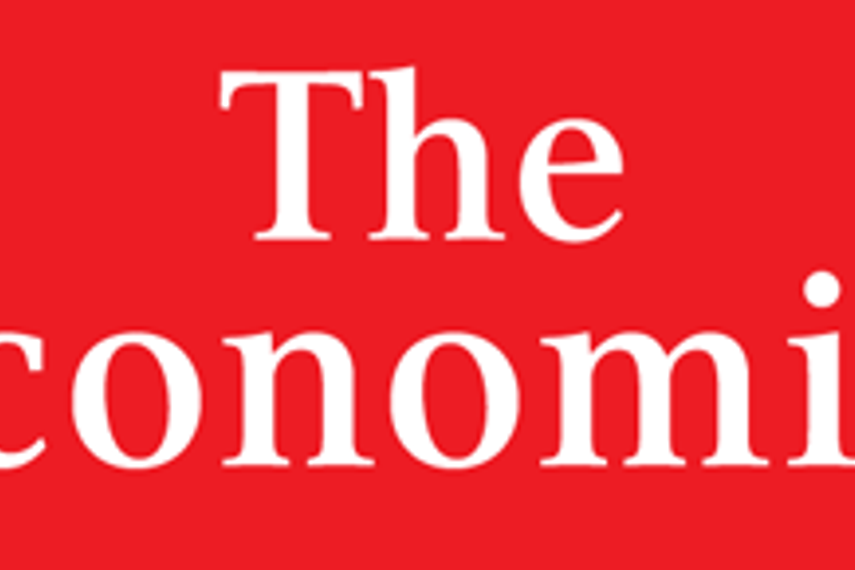
Please sign in or register
Existing users sign in here
Having trouble signing in?
Contact Customer Support at
[email protected]
or call+91 22 69489600
The Economist’s India marketing strategy has run for a year. How has it done, is the question Campaign India wanted an answer to. Read on and discover.To those familiar with the iconic advertising for The Economist, the made-for-India campaign which broke in India almost exactly a year ago was surprising, to say the least.It still had the critical elements of the ‘grid’; the entire campaign sported the colours that The Economist ‘owned.’

Contact Customer Support at
[email protected]
or call+91 22 69489600
Top news, insights and analysis every weekday
Sign up for Campaign Bulletins
The new television commercial positions the TVS NTORQ 150 around performance-led riding and racetrack-inspired everyday mobility.
The new tourism campaign positions the state around experiential travel, cultural immersion and discovery beyond conventional destination-led narratives.
The public sector lender has appointed a Mumbai-based agency after a competitive pitch to manage its corporate communications mandate.
He will oversee client relations and content strategy.